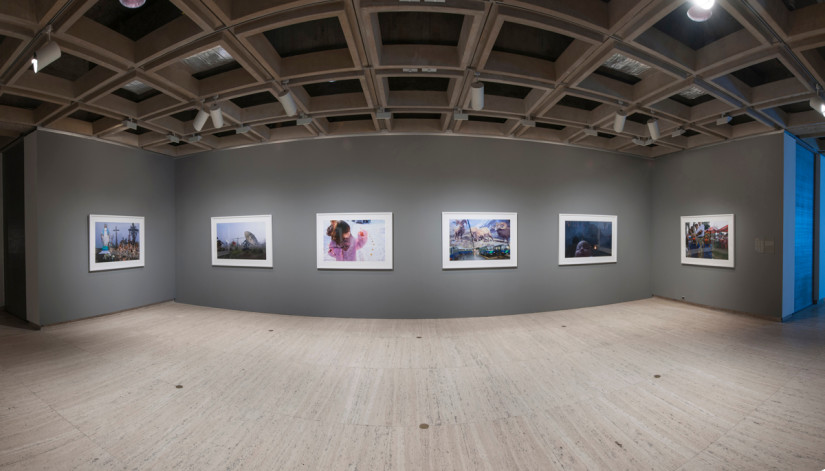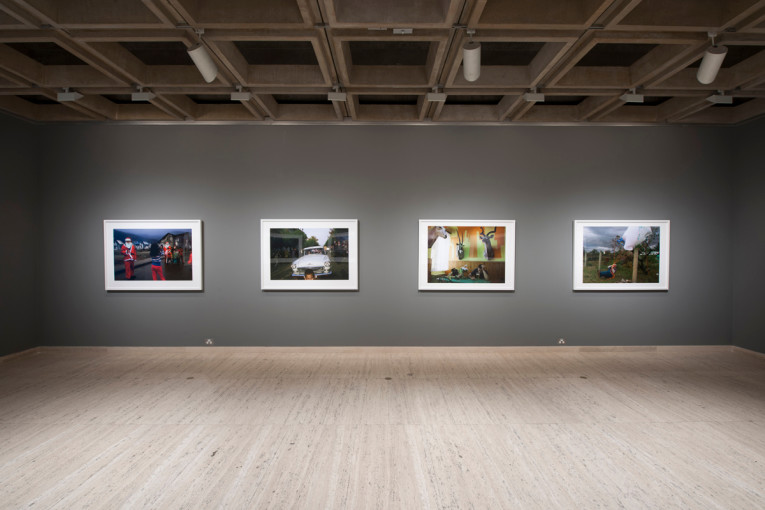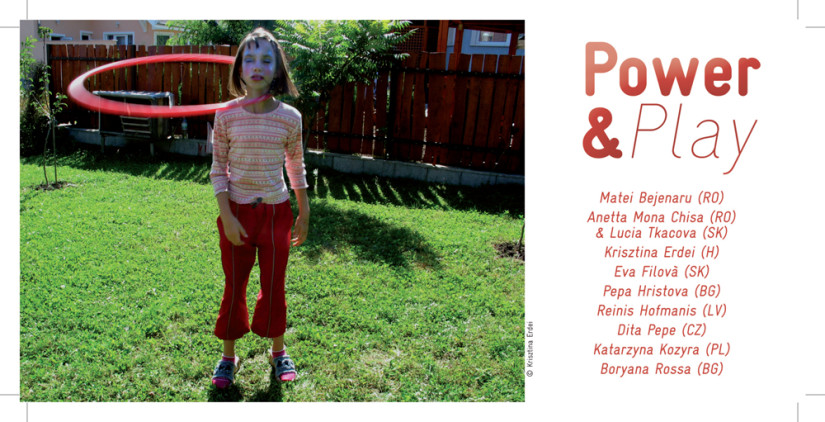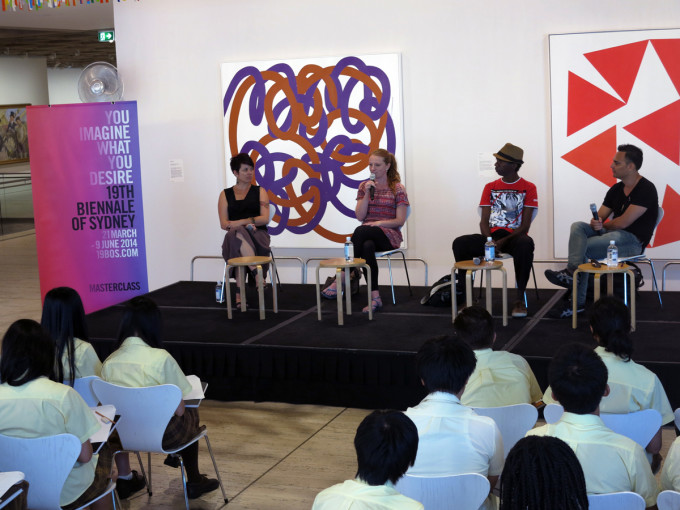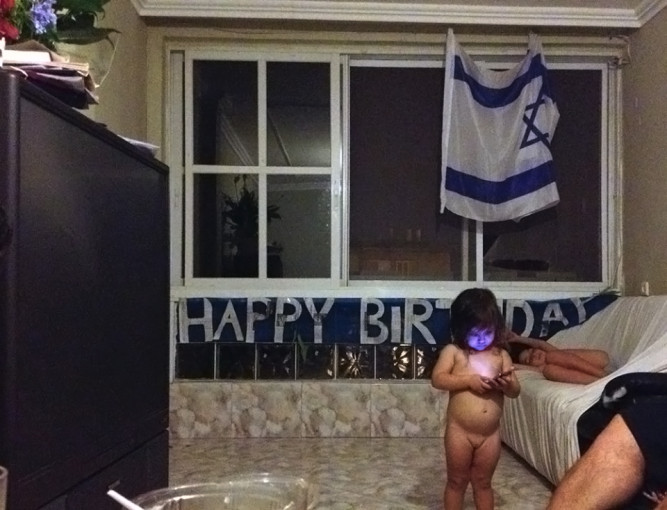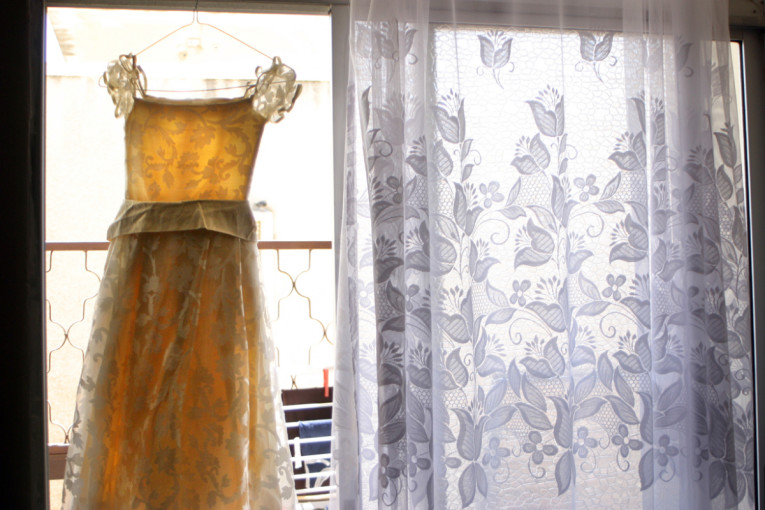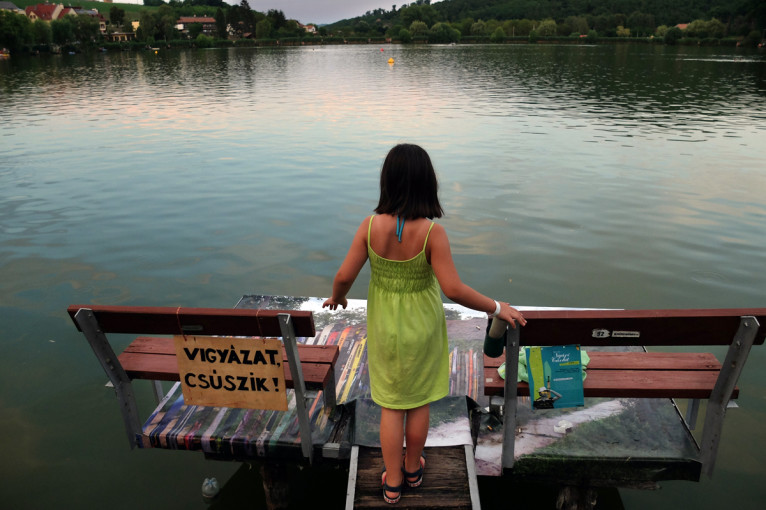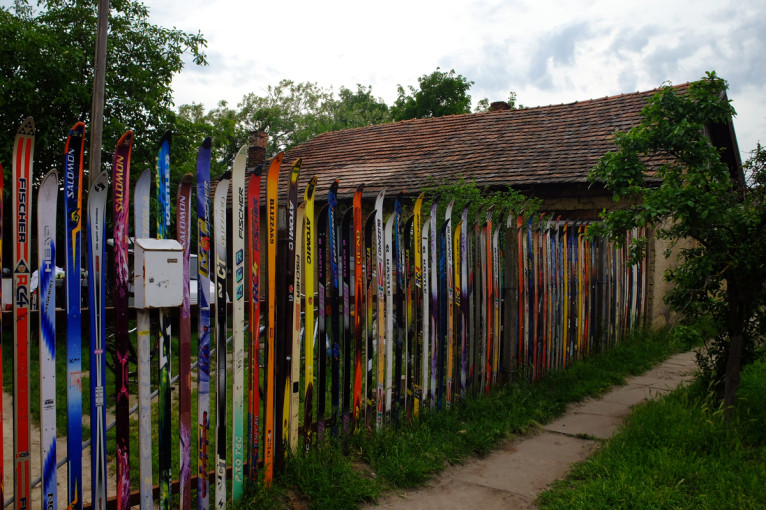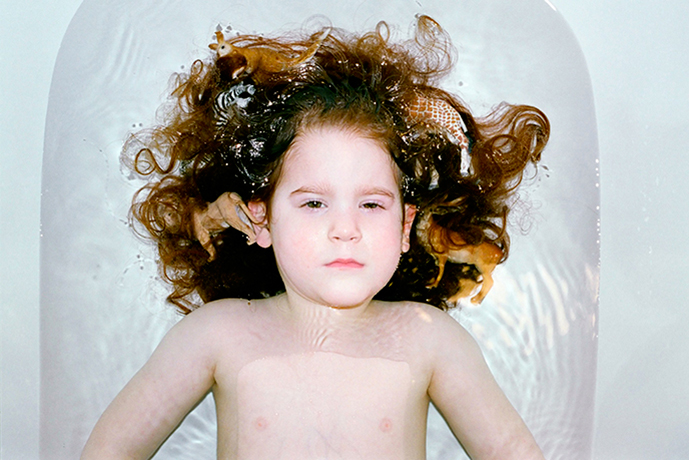YOU IMAGINE WHAT YOU DESIRE
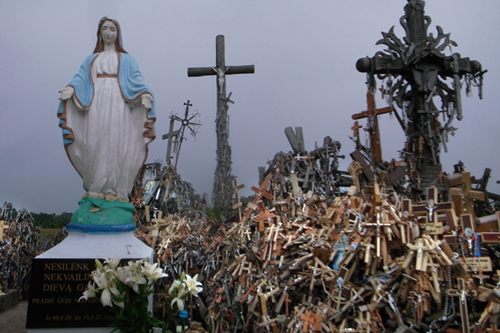
21 March – 9 June 2014
Artistic Director: Juliana Engberg
Read the Artistic Director Foreword
19th Biennale Exhibition Report
YOU IMAGINE WHAT YOU DESIRE
21 March – 9 June 2014
Artistic Director: Juliana Engberg
Visit the 19th Biennale of Sydney website
The 19th Biennale of Sydney: You Imagine What You Desire presented the work of 92 artists from 31 countries free to the public over a three-month period. Curated by Juliana Engberg, the exhibition was presented at various partner venues including the Art Gallery of New South Wales, Artspace, Carriageworks, Cockatoo Island and the Museum of Contemporary Art Australia. Other works and events were experienced at various locations throughout the city, including Henrik Håkansson’s epic, episodic film and orchestral performance work, THE END (2011 and 2014), which was presented at Pier 2/3 in Walsh Bay.
This year, more than 623,000 visited the Biennale partner venues, including nearly 125,000 from overseas, the highest international visitation numbers recorded in the Biennale’s 41-year history. In addition, audiences also experienced outdoor works by Nathan Coley on the Eastern Apron of Cockatoo Island, and the building exteriors of the Art Gallery of New South Wales and Museum of Contemporary Art Australia, as well as numerous performance works in public spaces.
Krisztina Erdei
10 photographs
90 x 120 cm each
Installation view of the 19th Biennale of Sydney (2014) at the Art Gallery of New South Wales
Courtesy the artist; Godot Gallery, Budapest; and Lumen Photography Foundation, Budapest
All versions were created for the 19th Biennale of Sydney
Photograph: Sebastian Kriete
